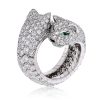
Cartier Panthère De Cartier, Lakarda Double Panthere Head Paved Diamond Ring
Cartier Panthère De Cartier, Lakarda Double Panthere Head Paved Diamond Ring
- Eyes and nose: emeralds, onyx.
- Price: Upon request
Product Description
Cartier Panthère De Cartier, Lakarda Double Panthere Head Paved Diamond Ring
Cartier Panthere Ring, with double Lakarda diamond panthers facing each other. The Panthere de Cartier ring, made in 18K white gold, set with 356 brilliant-cut diamonds, totaling 5.04cts.
- Eyes and nose: emeralds, onyx.
- Price: Upon request
*Please note that the carat weight, number of stones and size of Cartier products made in the Coral jewelry factory may vary depending on the size of the piece ordered. Please contact us for more information.
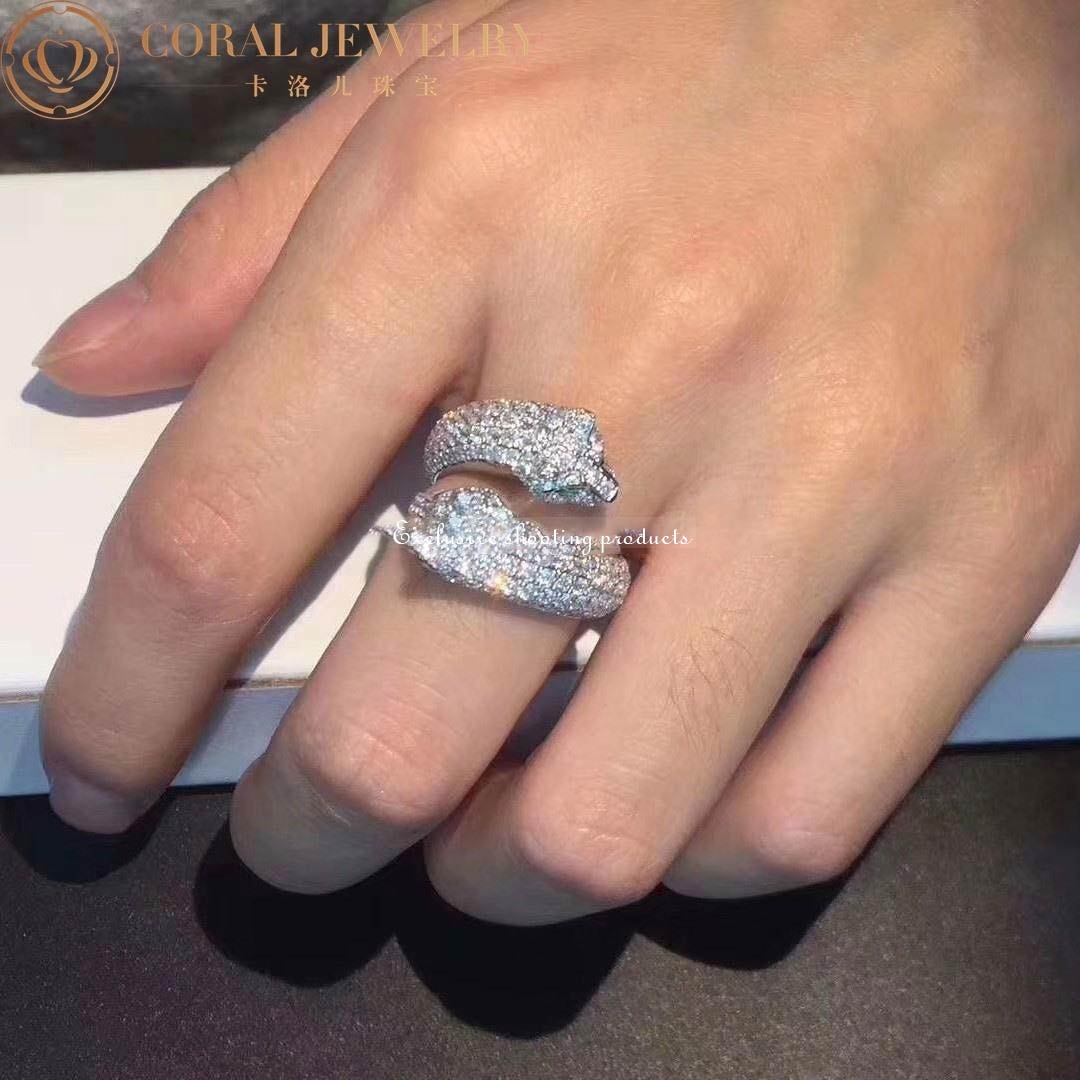
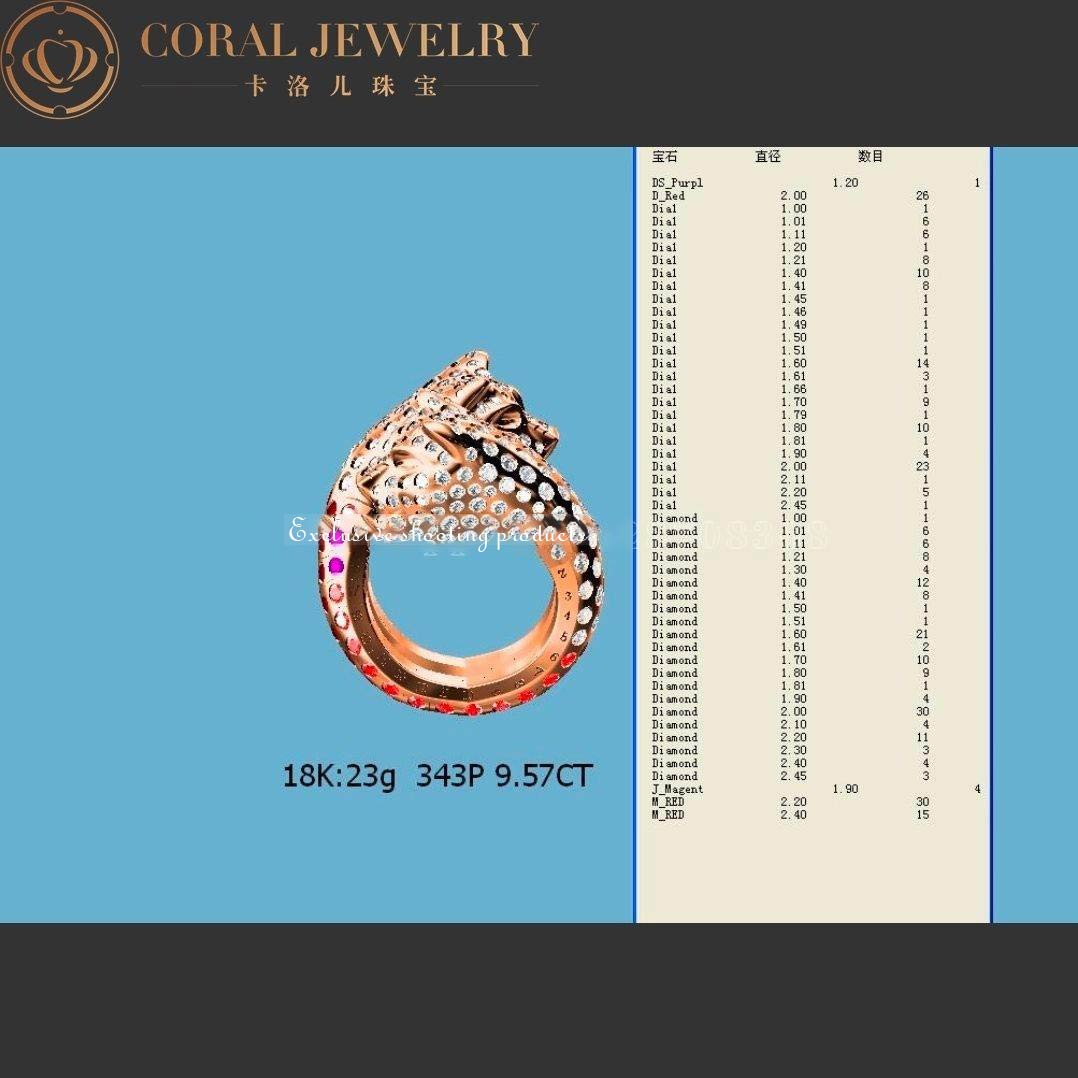
Cartier Panthre De Cartier Lakarda Double Panthere Head Paved Diamond Ring
The Cartier Panthre de Cartier Lakarda Double Panthere head diamond ring is a striking example of the brand’s signature designs. This ring features openwork diamond pave, emerald eyes, and a custom-carved onyx cabochon nose. The ring also includes French, numbered, and signed hallmarks.
Cartier’s golden years
During the 1850s, Cartier’s business flourished. Its patrons included Princess Mathilde, the second cousin of Napoleon III. In 1859, Empress Eugenie joined the ranks of patrons. In the years that followed, Cartier continued to service the well-to-do, French royalty, and aspirant industrialists.
In the early 20th century, Cartier’s production of timepieces evolved from simple pieces to complex timepieces. The Tank watch, for instance, was inspired by military tanks. Another popular watch was the mystery clock, designed by magician Jean-Eugene Robert-Houdin. These featured glass dials on which the hands appeared to float, and hidden structures in the base.
As early as 1534, Cartier set sail for the New World. His expedition consisted of two ships and sixty-one men. It traveled the St. Lawrence river to discover native Indian capitals, including Hochelaga (modern-day Montreal). Despite facing difficult conditions and diseases, Cartier eventually returned home with his crew and a large fortune.
The Cartier company is a legend in the world of fine jewelry. King Francis I of France commissioned the explorer to explore the north in the hopes of finding gold and spices, or even a passage to Asia. The expedition left Saint-Malo on April 20, 1534, and sailed to the west coast of Newfoundland, Canada. The explorer subsequently discovered Prince Edward Island and the Gulf of St. Lawrence. He also captured two First Nations people on the Gaspé Peninsula.
The brand’s history of royal commissions is long. In the 19th century, King Edward VII of Great Britain referred to Cartier as “the jeweller of kings.” He ordered 27 tiaras for his coronation in 1902 and issued a royal warrant to the company in 1904. Similar warrants were issued to Cartier by other European royalty, including the House of Orleans, Portugal, and Spain.
The success of Cartier’s jewelry business was linked to the quality of its design and execution. Although the pieces were not original, they reflected the fashionable tastes of their time. Cartier sold Renaissance Revival and Gothic-style jewelry and other pieces that reflected the times. Today, Cartier has become one of the world’s leading high-end jewelry brands.
By 1910, the world’s tastes were broadened and the company began creating art deco pieces inspired by exotic lands. This period was also marked by the opening of the Suez Canal and the Franco-Egyptian Exhibition at the Louvre. Cartier pieces featured scarab motifs, lotus blossoms, and turquoise. They also featured diamonds, onyx, and calibre-cut gemstones.
As the Iroquois’ trade increased, Cartier’s ship was forced to remain in the ice until mid-November, where the onset of an epidemic was dreadful. The disease affected one hundred of his men and killed twenty-five. In the following years, he spent the remaining years of his life at his estate near Saint-Malo. However, his claim to fame rested on his exploration of the St. Lawrence River. While his expeditions did not reach the city of Roberval, he had a number of encounters with the Iroquois and left.
In addition to the enduring success of its watches, Cartier has also mastered the art of enameling. The enamel process involves the fusion of glass with metal at high temperatures. Cartier’s master enamellers use different techniques to create the perfect dials for their watches. For example, the 18K gold Crash watch uses an enamel and gemstone setting. Other techniques include the cutting of wood, straw, and rose leaves to form abstract patterns.
Cartier’s Tutti Frutti collection
The Tutti Frutti collection is a joyous celebration of form and texture. Its designs are reminiscent of the Art Deco era and feature diamonds, carved colored stones and black enamel. This collection also shows the fusion of Eastern and Western influences. The bracelets are available in a range of prices, from $8,000 to more than $750,000.
The Tutti Frutti collection first gained popularity during the Art Deco period. Its colorful gemstones and carved enamel work made it a popular fashion statement. The panthere motif was also incorporated into many of the pieces. One of the most iconic pieces is the Love bracelet, a modernist locking bangle.
Tutti Frutti was so popular that it influenced many other jewellery designers. Paul Flato, a legendary Art Deco jeweller, was particularly influenced by it. Many of his pieces feature carved gemstones in vivid colors and abstract shapes. Flato himself referred to these designs as wiggly jewels.
The Tutti Frutti collection is the most famous collection of Cartier jewellery. Its designs have been widely copied and are among the most expensive. The bracelets, in particular, are one of the most popular items from the Tutti Frutti collection. They often fetch over $1 million at Sotheby’s auctions. The Tutti Frutti collection also includes cufflinks, earrings and brooches. Even lapel pins were created in these designs.
The Tutti Frutti style is famous for its colorful gems. The most famous example of this collection is the Collier Hindou Necklace, which Daisy Fellowes commissioned from Cartier. The necklace was composed of sapphires, emeralds, rubies, diamonds and other precious stones.
The Tank watch was inspired by military tanks used during World War I. The mystery clocks were created by magician Jean-Eugène Robert-Houdin and watchmaker Maurice Couet. The dials had glass dials on which the hands appeared to float. There were also hidden structures in the base.
The price of a tutti Frutti bracelet from the 1920s is among the most expensive pieces of jewelry ever sold at Sotheby’s. Its price was higher than the bracelet owned by Queen Maxima. Its estimated price was $600,000-$800,000. The bracelet is the most expensive piece of jewelry sold online by Sotheby’s.
In 1911, Jacques Cartier travelled to India and met with several maharajas. His visit coincided with the two-week-long Delhi Durbar, which celebrated the coronation of George V as Emperor of India. While in India, he was struck by the culture and wealth of the Indian people. He made friends with these noble people and gained new clients.
Cartier’s Tank watch
The Cartier Panthre De Cartier Lakarda Double Panthere Head Paved Diamond tank watch is an extremely elegant watch that is sure to become a collector’s item in no time. The brand’s iconic design is reminiscent of the 1950s and is sure to turn heads. The watch has a square case with rounded corners and a gold-link bracelet. It has an impressive waterproofness rating. The watch has even been featured in a short film directed by Sofia Coppola, which is sure to enchant any collector.
The name, “Panther” comes from the French word “panther”. The panther has been associated with the Cartier brand for decades. The panther symbolizes fierce femininity, nonchalance and determination. Cartier also named this watch after the ultra-flexible bracelet which mimicked the panther’s movements.
Cartier Panthère De Cartier, Lakarda Double Panthere Head Paved Diamond Ring


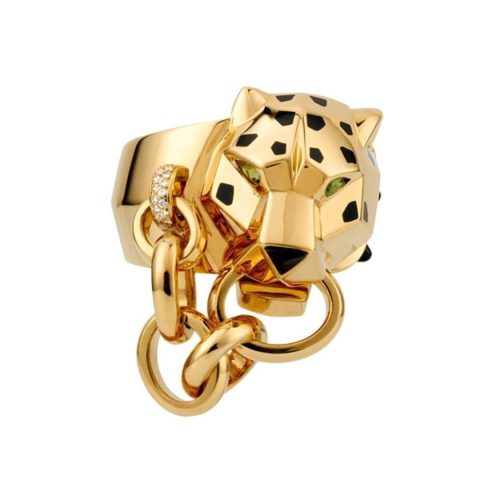
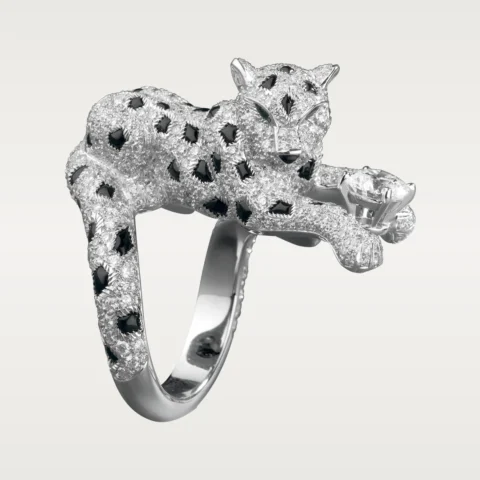

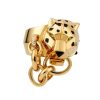
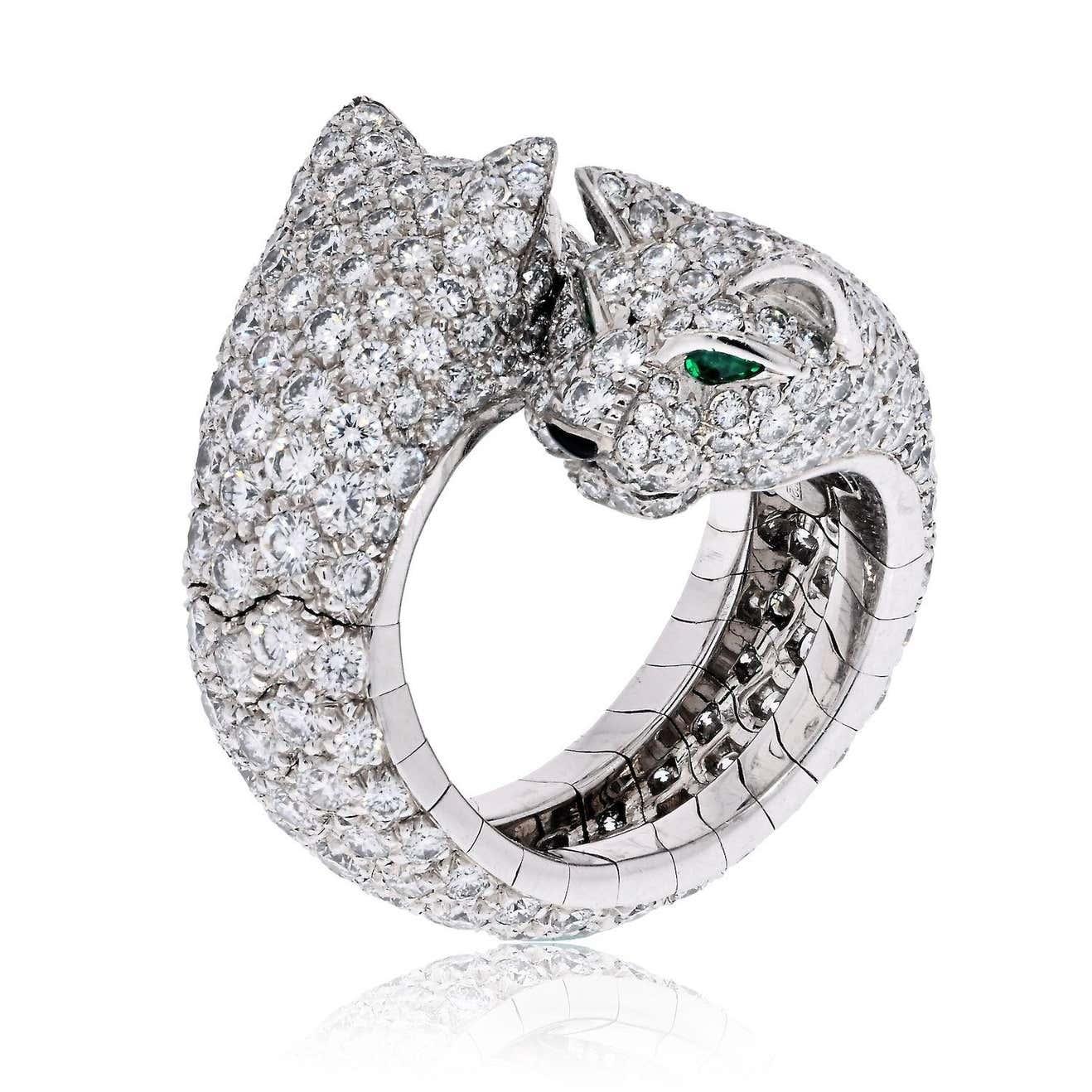
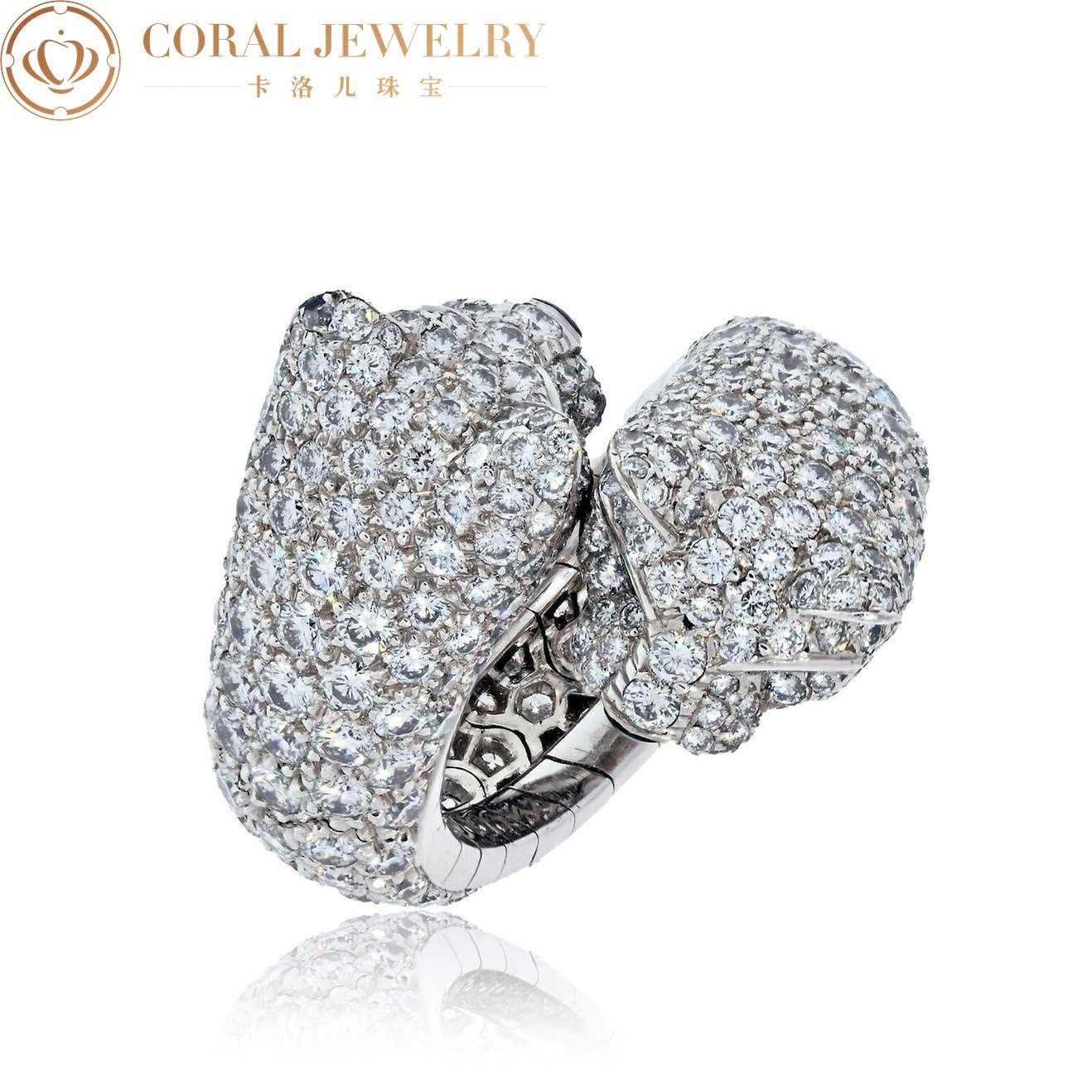
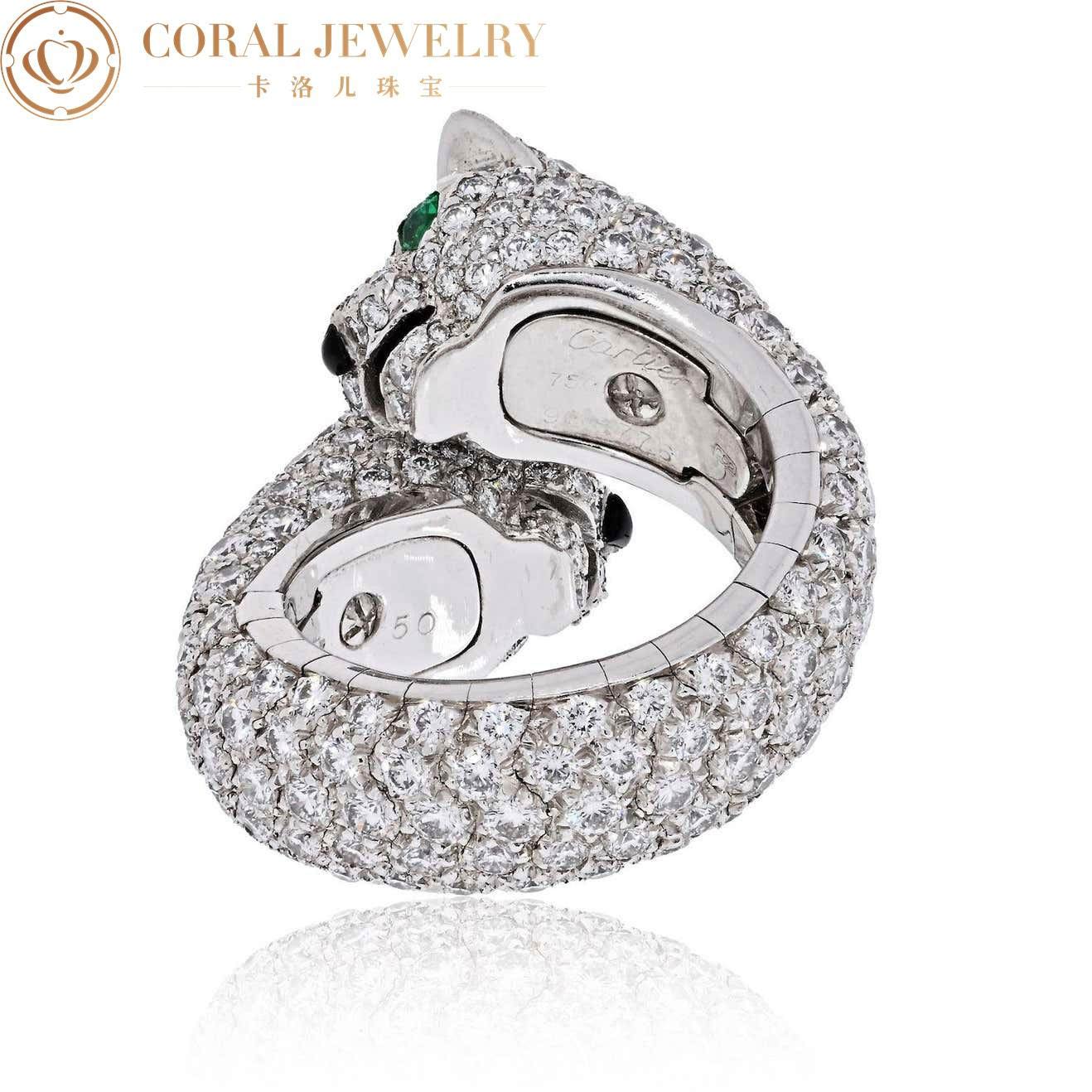
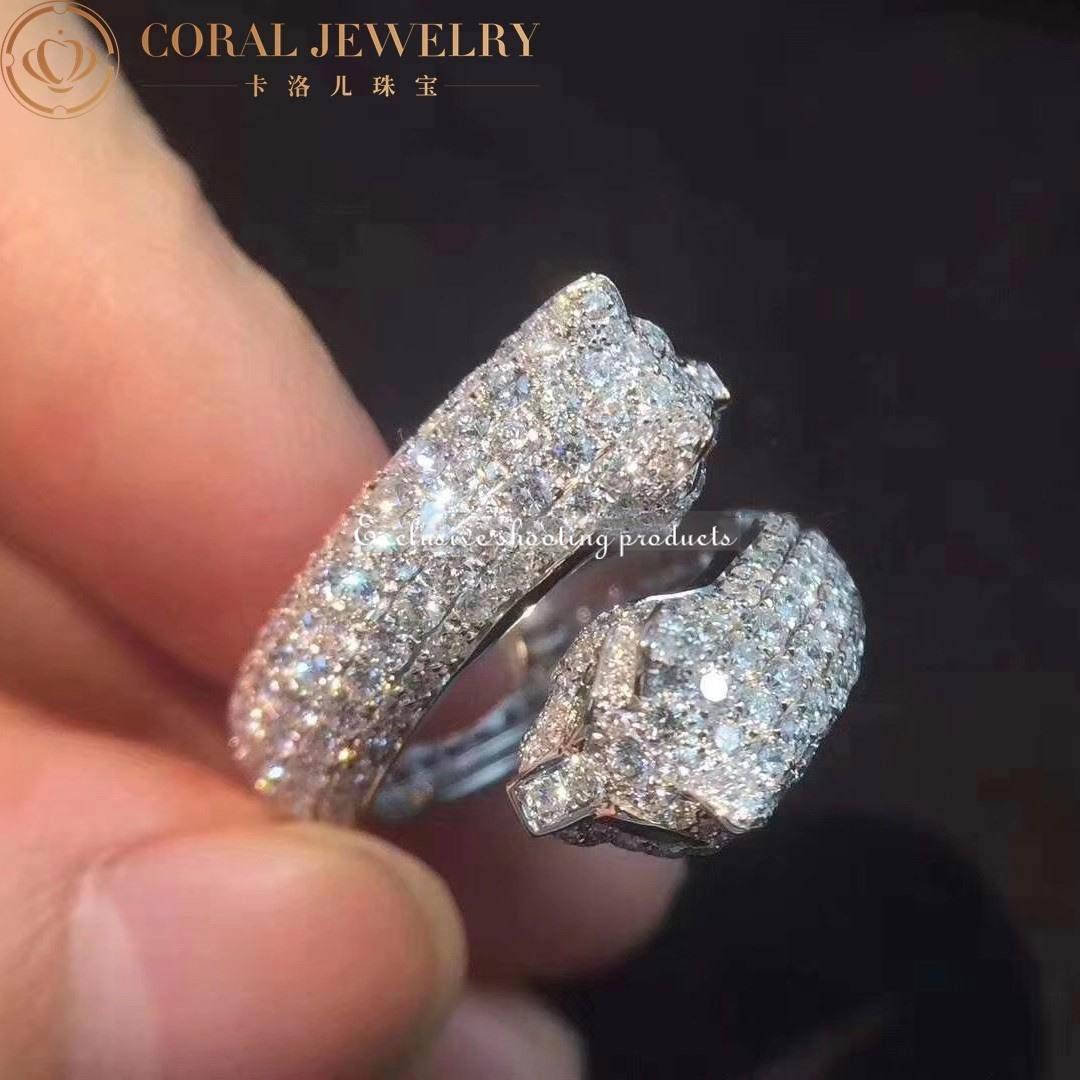
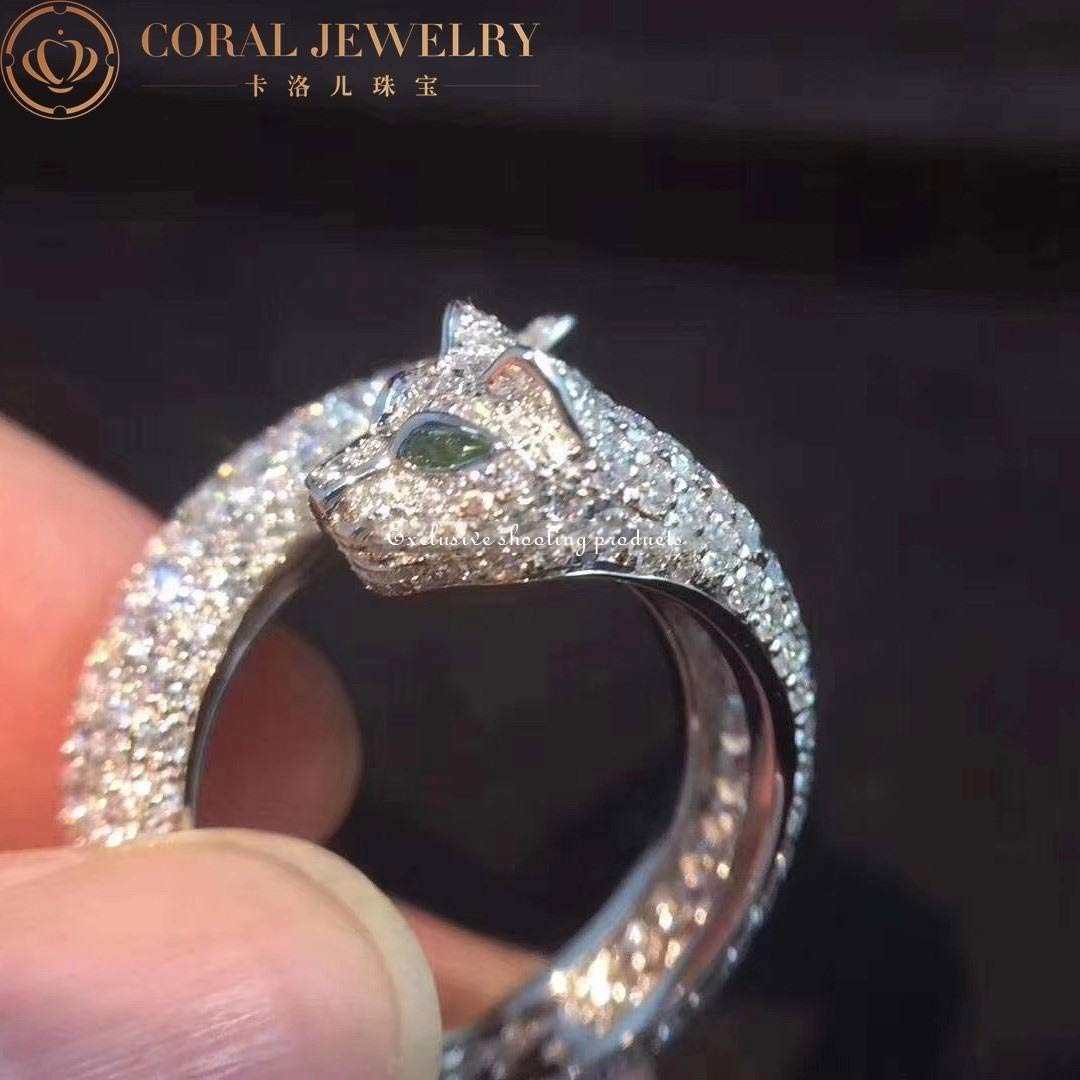
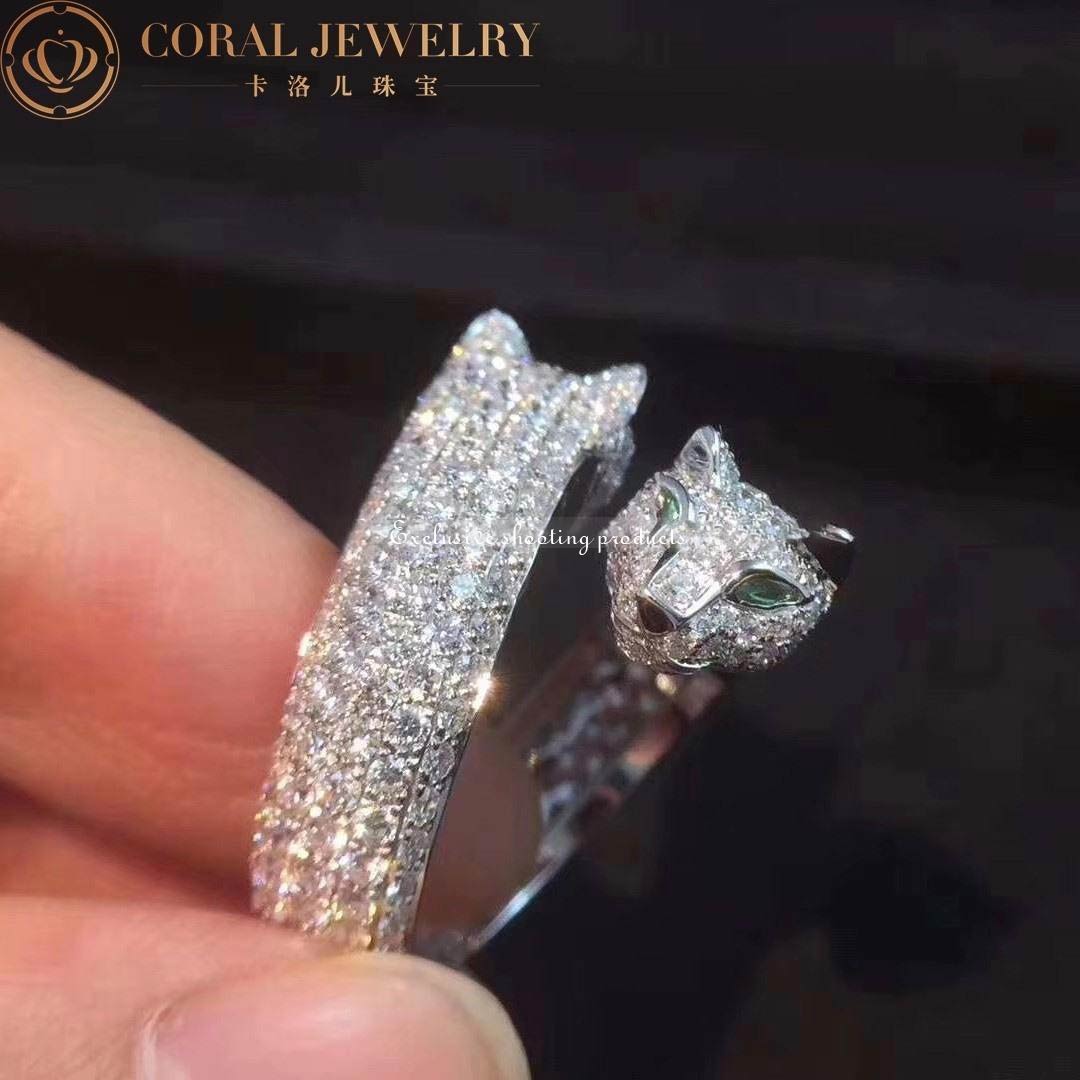
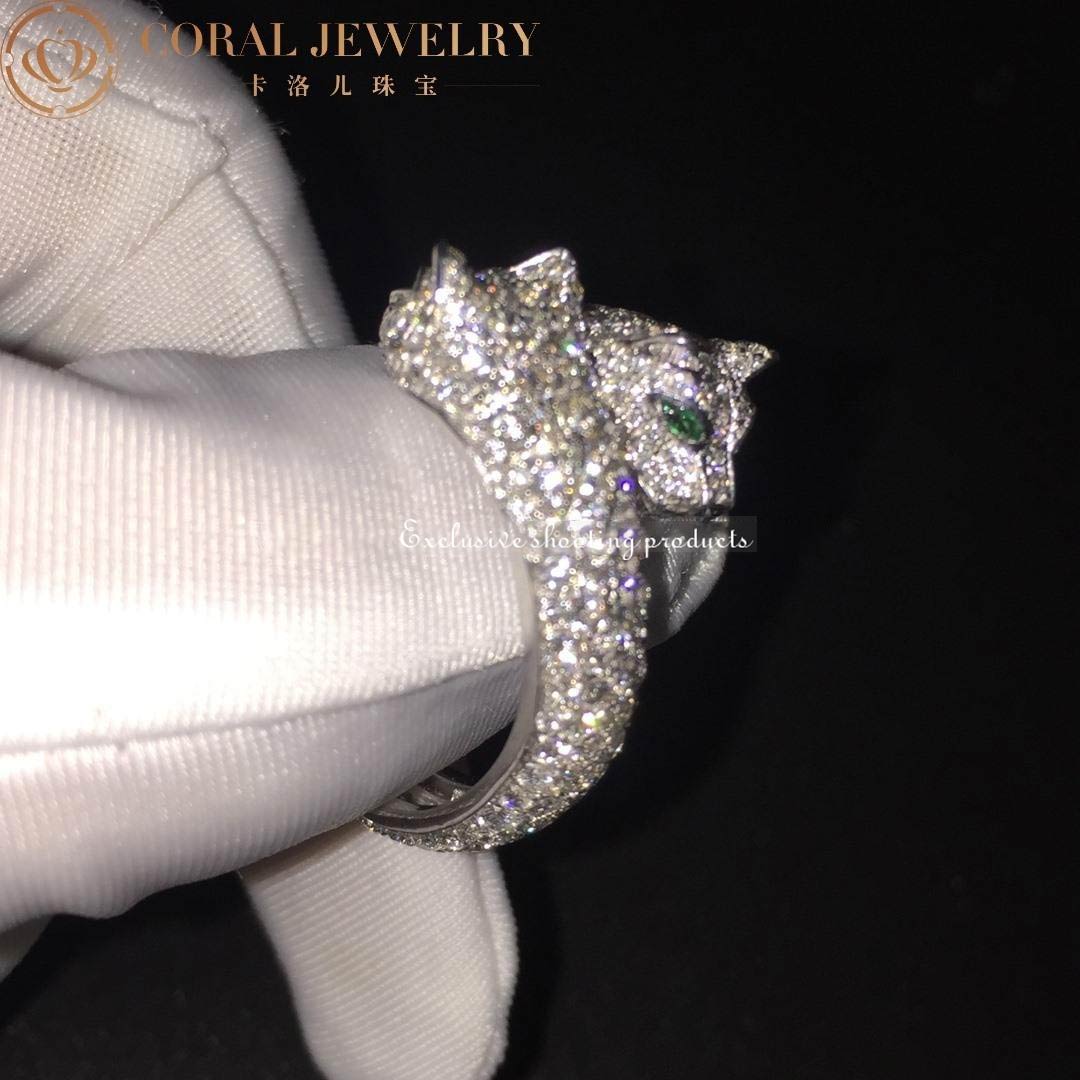
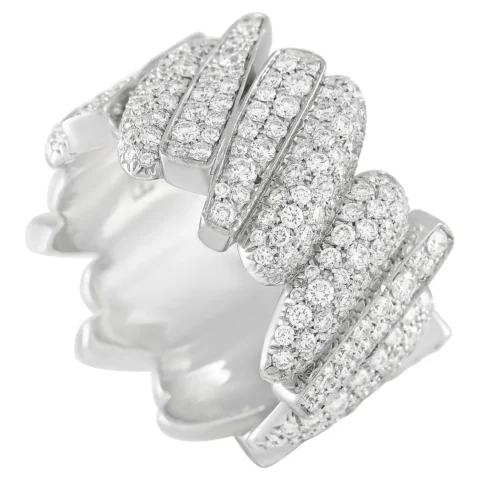
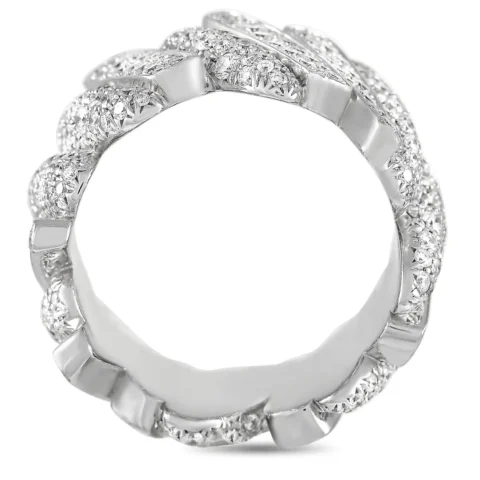

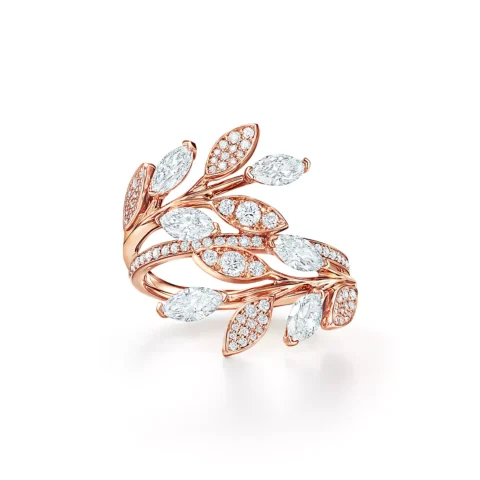
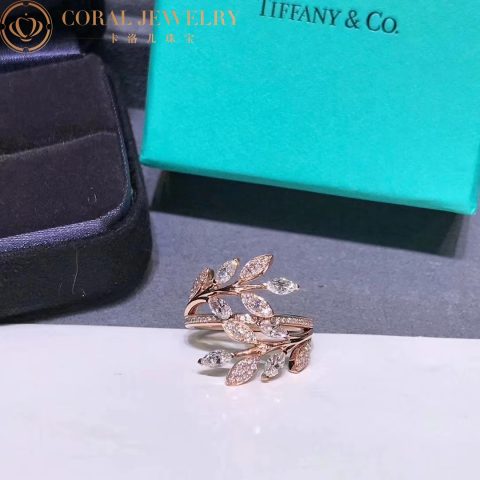

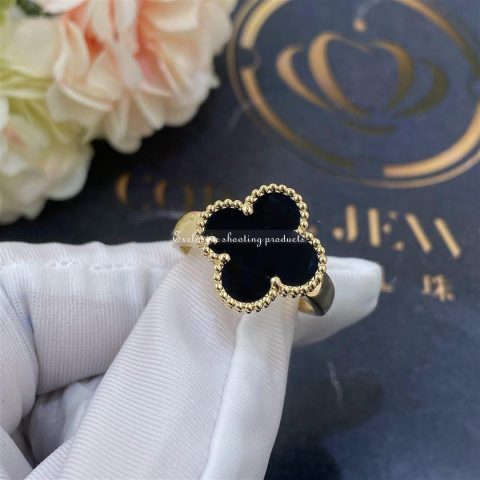
Reviews
There are no reviews yet.